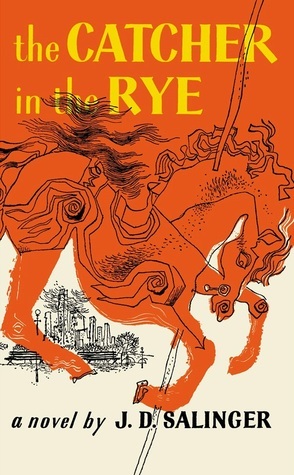8
by testsuphomeAdminIn this chapter of “The Catcher in the Rye,” the narrator describes a late-night journey to the train station after an altercation that left him with a sore lip and a bleeding nose. Despite the cold weather and the discomfort caused by his Gladstones, he finds some enjoyment in the fresh air. On the train, he reflects on his typical experiences of night travel—enjoying snacks and magazines—but tonight feels different; he is in a contemplative mood, feeling somewhat detached.
As he rides, a woman boards the train and sits next to him. She is well-dressed with orchids and engages him in conversation about his Pencey Prep sticker. She introduces herself as the mother of Ernest Morrow, a boy he dislikes, which complicates his response. Despite his disdain for Ernest, he adopts a false identity, claiming his name is Rudolf Schmidt, after the dorm janitor. Their conversation flows as she expresses pride in her son, describing him as sensitive and a good student, which the narrator internally disputes, considering him a bully.
He continues to feed her a stream of flattering lies about Ernest, portraying him as shy and popular to appease her maternal pride. The narrator enjoys spinning this web of deceit, relishing the attention and the look of admiration in the mother’s eyes. He even suggests that she encourage Ernest to come out of his shell. When the conductor arrives, the narrator feels a sense of satisfaction knowing he has manipulated the perception of Ernest in his mother’s mind.
Their conversation drifts to the topic of cocktails, which the narrator suggests they could have in the club car. The mother, however, politely declines. As they part ways, she expresses concern for his well-being after he fabricates a story about needing a minor operation for a tumor, another layer of deception he spins while simultaneously feeling guilty for lying to her.
This encounter showcases the protagonist’s complex feelings about connection, isolation, and the façades people maintain in social interactions. The narrator leaves the train after the woman departs, further illustrating his feelings of loneliness and his struggle with authenticity in a world filled with pretense.


0 Comments